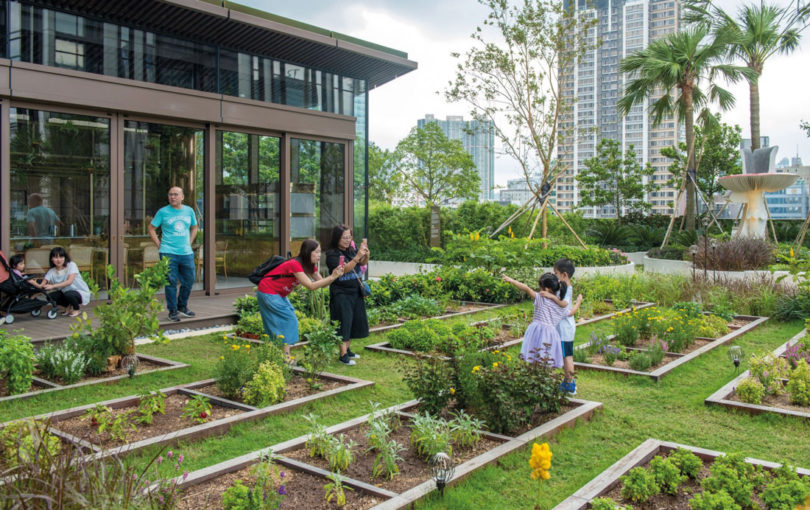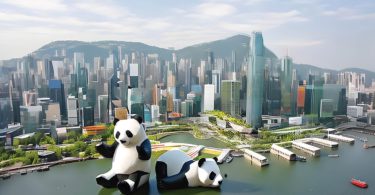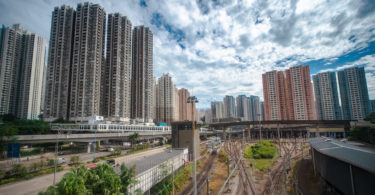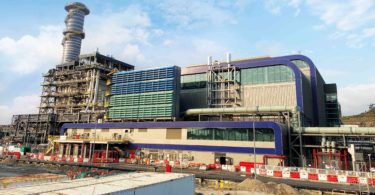By Alexander (Sandy) M Duggie
One of the main challenges facing urban designers in Hong Kong is the need to promote the health, well-being and happiness of the citizens and create a truly liveable city. I believe that biophilia and biodiversity have important roles to play in addressing this challenge.
There is an extremely large body of scientific evidence citing the many and varied physical and mental health benefits of maintaining close connection with nature. Unfortunately, living in modern cities means we are becoming increasingly disconnected from it. About 54 per cent of the world’s population now live in cities and that is expected to rise to 70 per cent by 2030. Undoubtedly, cities are the most sustainable form of urban development, using the inherent efficiencies to reduce individual carbon footprints while raising overall living standards. Yet dense city living can cause a disconnect from the natural world, especially for the young. Consequently, there is an urgent need to adopt biophilic design in our urban planning to enable our citizens to reconnect with nature and experience all the associated health benefits.
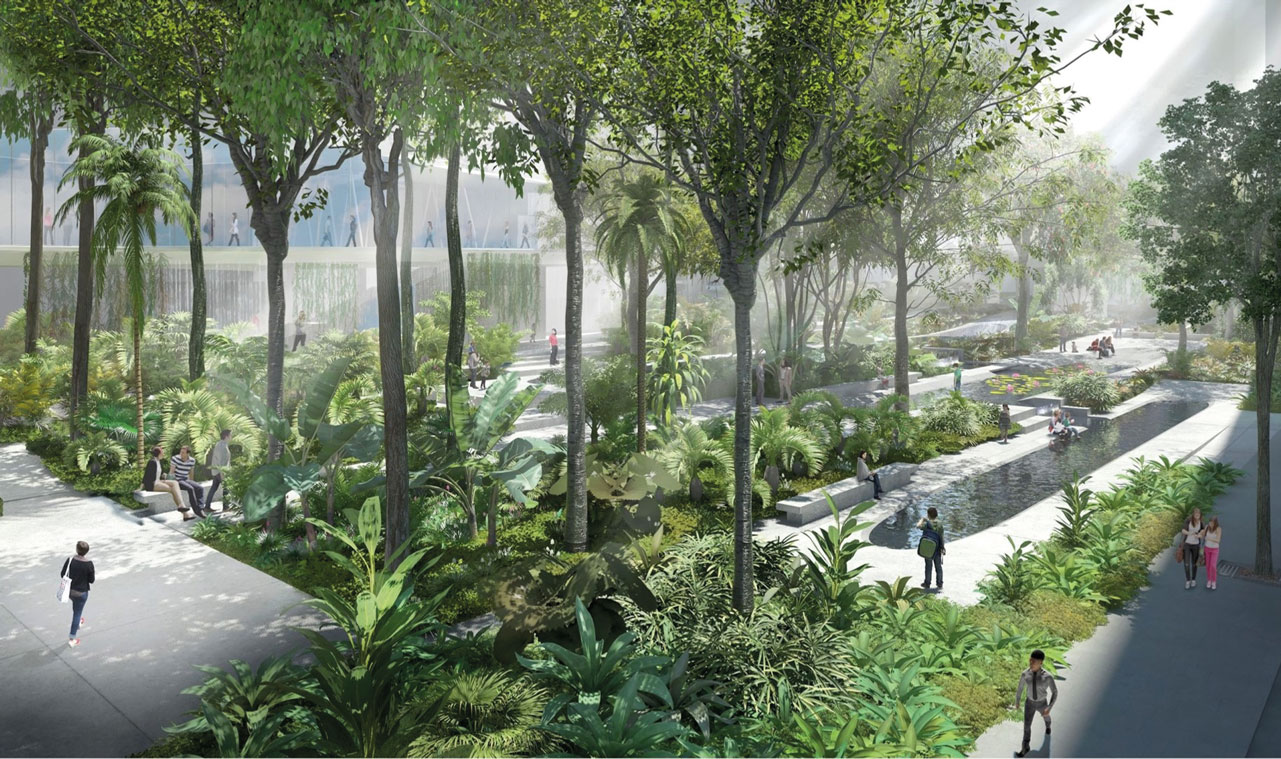
Taikoo Square public open space will have 276 different plant species
ADOPTING BIOPHILIC DESIGN FOR SOCIAL EQUITY
Dr Timothy Beatley is an urban planner who has authored several books on green urbanism in which he promotes biophilic design and provides an outline of the essential elements of a biophilic city1. He proposes a nature connection pyramid, similar to a food pyramid, which identifies a diet of necessary exposure to nature on a daily, weekly, monthly and yearly basis. He identifies a biophilic city as one where planning and development decisions foster the restoration of nature and the reconnection of all citizens with nature for the benefit of every individual and society as a whole.
THE IMPORTANCE OF BIODIVERSITY TO URBAN PLANNING
The critical issue is biodiversity, or rather the distinct lack of it, in much of our urban greenery. The worldwide reduction in biodiversity that has generated warnings of an impending sixth extinction is a major crisis facing humanity and all creatures on the planet. The simple fact is that if we do not design our urban landscapes to promote biodiversity, we will have little chance in stimulating the population’s interest in the landscape ecology around them. In other words, without creating biodiversity in the built landscape, we cannot hope to stimulate biophilia in the population that brings all the proven health benefits.

ALEXANDER (SANDY) M DUGGIE
Managing Director, URBIS Limited
Sandy is a registered landscape architect; a Fellow of the Hong Kong Institute of Landscape Architects; and the Managing Director of URBIS Limited, a Hong Kong based design consultancy established in 1977. He has lived in Hong Kong and worked for URBIS since 1985. Throughout the years, he has contributed to several major territorial and strategic planning studies for the Hong Kong Government, and designed a range of private and public sector projects from small private gardens to large scale public infrastructure works. He is particularly concerned with the promotion of sustainable design and designing the public realm to meet the needs of modern society. He is also a Director of the BEAM Society Limited; a Director of the Professional Green Building Council; a Member of the Green Building Faculty of the Hong Kong Green Building Council (HKGBC); and a Co-opted Member of the HKGBC Green Labelling Committee.
This is an excerpt. The original article is published in
Construction+ Q1 2023 Issue: Housing Construction: Demand & Supply.
Get the print magazine or subscribe to the digital edition to read the complete article.



